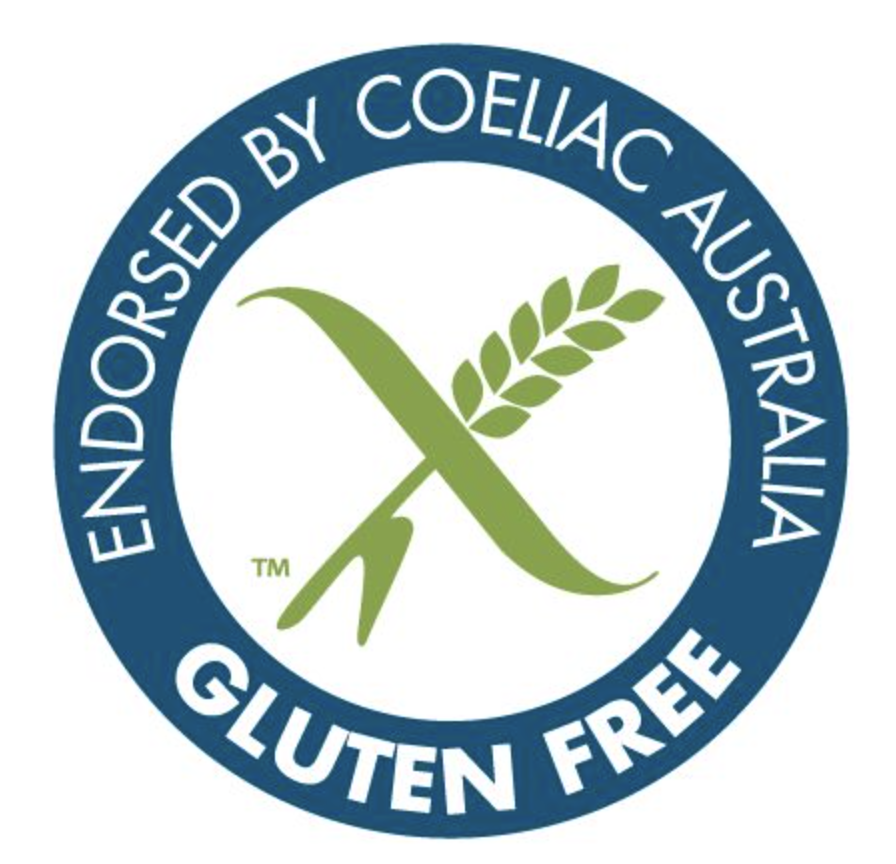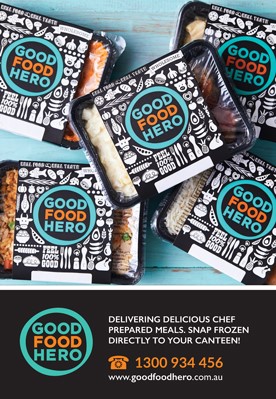Gluten free diets and coeliac disease
In the past few years, gluten has become a popular topic in the world of nutrition and dietetics. Some people need to avoid gluten altogether and people who have chosen to cut if from their diet to lose weight or feel better.
People with diagnosed coeliac disease have a condition that causes damage to the lining of the small bowel when they consume gluten. This damage can result in various gastrointestinal issues and an inability to absorb certain nutrients. Coeliac disease can occur in all ages and genders, and there is a genetic link to the disease. People with the disease have to remain on a strict gluten-free diet for the rest of their lives. Avoidance of gluten will repair damage to the small bowel and reduce other symptoms.
What is gluten?
Gluten is a protein found in wheat, rye, barley, oats and any hybrid grains of these. These grains (and any ingredients derived from them) must be avoided when following a gluten-free diet. The obvious products to avoid are regular baked goods such as bread, breakfast cereals, cakes, biscuits, pastry, pasta, couscous, battered or crumbed foods. The good news is there are gluten-free alternatives for many of these products available in supermarkets and specialty stores. When eating a gluten-free product, you may find it has a different texture or shape to a product that contains gluten. This difference in texture is due to the elastic nature of gluten, which allows bread to rise and maintain shape while providing a chewy texture or crunch.
How is coeliac disease diagnosed?
Before commencing testing, gluten must still be consumed to ensure that tests can measure the body’s reaction to the protein. Firstly, a blood test will measure for antibodies that are usually higher in people with coeliac disease who are eating gluten. If the blood test is positive, a small bowel biopsy is required to confirm the diagnosis. If the tests are negative but gastrointestinal symptoms are experienced it could be due to other food intolerances. It would be recommended that you visit an Accredited Practising Dietitian for appropriate diagnosis.
What foods can a person with coeliac disease eat?
People with coeliac disease can eat fresh fruits and vegetables, fresh meat, poultry, fish, milk, cheese and some yoghurts, eggs, nuts, certain grains, legumes, fats and oils without experiencing any gastrointestinal discomfort. The grains that are safe for consumption include rice, corn, buckwheat, tapioca, quinoa and amaranth.
Gluten-free labelled products
If a product has a gluten-free label, it means there is no detectable gluten in the product. A gluten-free label overrides the ingredient list. For example, if a product is labelled gluten free but lists Maltodextrin (which could be from wheat) as an ingredient, the product will still be suitable for those on a gluten-free diet. This is because the maltodextrin is from a non-gluten source. If a product is labelled with ‘May contain gluten’ or ‘Manufactured on the same line as gluten-containing products’ they are NOT suitable for those on a gluten-free diet.
Products that use the ‘Crossed Grain’ Logo
 This logo is endorsed by Coeliac Australia and products that use this logo are safe for consumption by people who have coeliac disease. These products are tested annually and meet the standards for those on a gluten-free diet.
This logo is endorsed by Coeliac Australia and products that use this logo are safe for consumption by people who have coeliac disease. These products are tested annually and meet the standards for those on a gluten-free diet.
For more information on the logo and endorsed products, visit Coeliac Australia.
Beware of contamination…
If you have coeliac disease, it’s always advised to check the ingredients list to ensure that the product does not contain wheat.
The ingestion of even a small amount of gluten can cause damage to the small bowel for someone with coeliac disease. Therefore, it is vital to AVOID inadvertent contamination of gluten-free foods with gluten.
Here are some tips on how to do so:
• Thoroughly clean breadboards, knives and other cooking utensils used in food preparation
• Ensure appliances including toasters, sandwich makers and grills are clean before preparing gluten-free foods. If this isn’t possible, visit the Coeliac society website to purchase a toastabag
• Use separate spreads to prevent crumb contamination
• Clean pots and pans used for making gluten-free foods, separately to other utensils
• Store gluten-free products and ingredients in separate sealed containers
• Clearly label all appropriate foods in the pantry, refrigerator and freezer as ‘Gluten-free’
• Do not use the same deep fryer that has had gluten containing foods cooked in them
Gluten-free diets for non-coeliac sufferers
In recent years, gluten has been under the spotlight with many non-coeliac disease sufferers opting for a gluten-free diet. ‘Non-coeliac gluten sensitivity’ describes a set of symptoms people attribute to dietary gluten, such as abdominal pain, diarrhoea, bloating, flatulence, lethargy, poor concentration and general aches and pains. However, the cause and treatment is not well understood. We encourage those experiencing the above symptoms to see their doctor to rule out serious medical problems and determine their diagnosis.
For the general population, removing gluten from your diet will not provide any health benefits – it can actually do the opposite. Gluten-containing grains provide essential nutrients including fibre, protein, vitamins and minerals, leading to nutrient deficiencies if avoided.
For more information, or for state/territory specific guidance and advice, head to Coeliac Australia.






